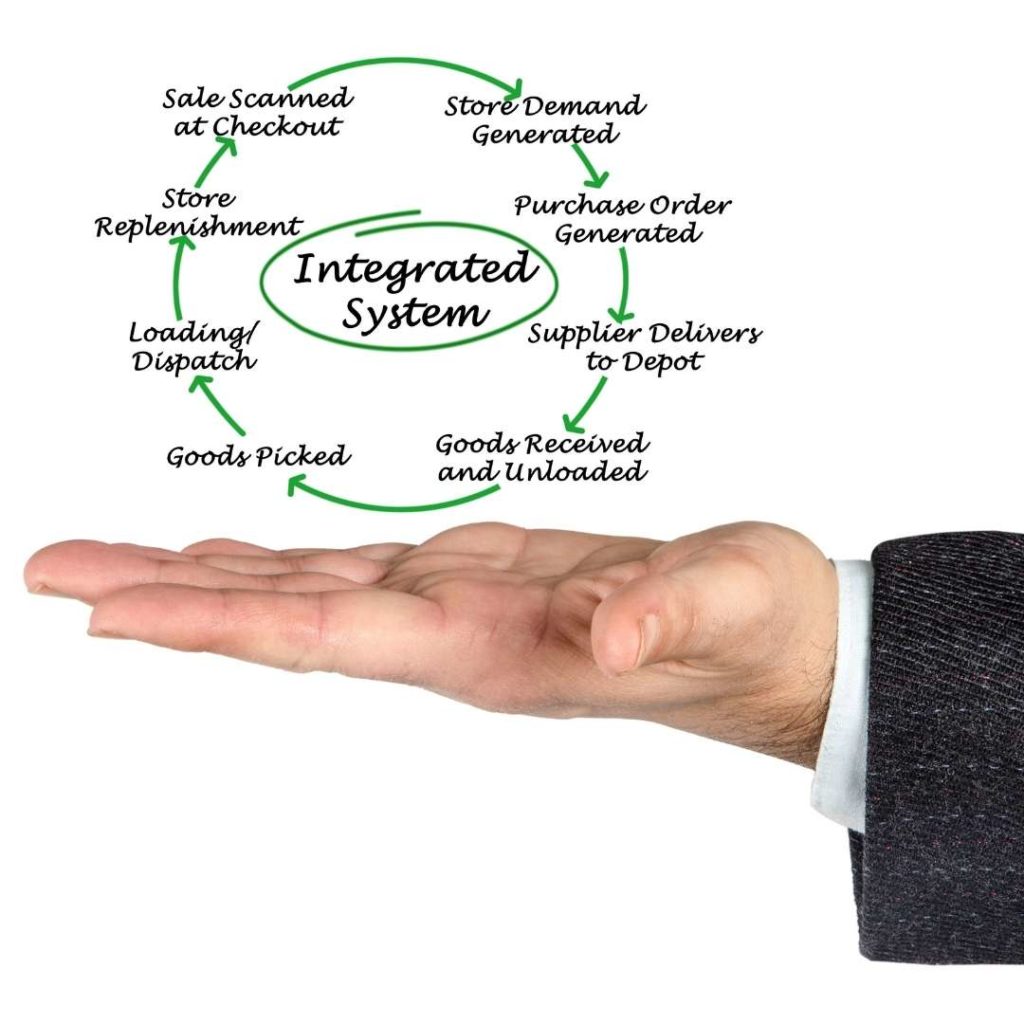
What Factors Should Organizations Consider Before Outsourcing Their Internal Audit Functions?
+91 1141182211 Outsourcing has become a strategic choice for many organizations looking to streamline operations, reduce costs, and enhance efficiency.

Digitization may be the most popular buzzword in today’s global supply logistics. However, the trend toward an end-to-end (E2E) digitally-driven supply chain is more than just a fad; it signifies a fundamental transformation in how planners and managers manage and deploy their planning and production processes.
If we define supply chain digitization as the movement toward a fully integrated sequence of planning and production solutions that work together to create a more visible and agile supply stream across, it’s easy to see why this is a top priority for companies looking to stay competitive and grow in the twenty-first century. Not only can digitization help businesses run more efficiently and effectively, but it also gives them the flexibility and reactivity they need to handle and prevent any breakdowns in demand planning, production, transportation, and yard or container management.
However, as digitization becomes more of a necessity across the supply network, planners and managers must examine the obstacles and dangers of reworking their supply pipelines to conform to a more digital platform. As a result, businesses must consider a number of critical concerns, including What are the risks of embracing digitization and reengineering a company’s supply chain? What should firms keep in mind when implementing an all-digital platform into their supply chain management strategy? And how can these hazards be avoided so that genuine end-to-end (E2E) visibility can be achieved?
Companies seeking a better knowledge of their entire supply condition and the efficacy of their planning and production procedures may find the answers to these questions to be very helpful. With that in mind, let’s look at some of the significant issues in digitizing the supply chain, as well as why firms should consider them while reengineering their supply networks.

The full integration of supply chain solutions as a primary driver of this digitization is perhaps one of the most typical problems in establishing a digitized supply stream. Because the complexities of today’s automotive supply chain are so diverse, organizations frequently use a variety of planning, production, and reporting/data management solutions at the same time. Developing a digital supply chain strategy necessitates a top-to-bottom approach that unifies all applications. The successful development and implementation of such a strategy will aid in the elimination of functional silos as well as increased communication and collaboration around planning and production benchmarks and targets.
In recent years, the Internet of Things (IOT) has emerged as a force in supply chain management, allowing for more accurate, responsive, and accessible data management and analytics as well as integrating systems and solutions. Digitizing the supply chain uses the Internet of Things to connect multiple means of gathering, organizing, and assessing data, allowing planners and managers to produce more accurate demand projections and more effective planning strategies. Furthermore, the spread of Industry 4.0 has hastened this convergence.
The linking of data sources aids planners and managers in developing enhanced what-if scenarios and simulations, both of which are crucial for driving production program planning schemes. If these connections aren’t managed and administered, vital data points and actionable data won’t be used to determine how effective and responsive a company’s planning and production strategies can be.
Digitizing the supply chain is a crucial step in breaking down communication barriers within a company. This means that main stakeholders in the supply chain will be better able to share data, collaborate on crucial initiatives, and work together to guarantee that processes are seamless and free of bottlenecks, disruptions, and failures.
Because a digitized supply chain is built in part on a central data storage hub with many access points, the days of waiting days or weeks to evaluate data sets and transmit the conclusions of said data are long gone. A key driver of end-to-end (E2E) visibility is the ability of those in the supply chain to access data and express its importance in real-time.
Some planners and managers feel that because a manufacturer implements integrated planning solutions and properly controls data sources, the collaboration will just happen. This could not be further from the truth. Collaboration and coordination throughout various stages of the supply chain are crucial functions that must be formed, nourished, and grown over time, rather than byproducts of digitization.
The influence of digital transformation is obvious in today’s fast-paced, tech-focused world. Established firms are being disrupted by ever-changing and growing technologies. As a result, to move forward, business owners must invest in transformation.
However, for firms that did not begin digitally, automating, and redesigning processes to improve operations is sometimes insufficient. They must also create effective consumer and employee experiences. This often necessitates firms transforming existing structures and procedures into digital processes via a robust plan devised with the assistance of digital transformation consultants.
Is your business digitizing its information? Is your company being challenged by digital transformation considering that everything is now online? Are you interested in digital transformation? MIMO keeps up with these changes and has extensive experience in its successful implementation. We can assist you in digitizing, digitalizing, and ultimately digitally transform your company.
Like this article?
More To Explore

What Factors Should Organizations Consider Before Outsourcing Their Internal Audit Functions?
+91 1141182211 Outsourcing has become a strategic choice for many organizations looking to streamline operations, reduce costs, and enhance efficiency.

Outsourcing Internal Audit: Evaluating the Upsides and Downsides for Your Organization
+91 1141182211 In today’s dynamic business environment, companies face increasing pressure to enhance efficiency, manage risks effectively, and ensure compliance

A Background Verification Guide: Frequently Asked Questions and Their Answers
+91 1141182211 Background verification (BGV) is a crucial process used by employers to ensure they are hiring candidates with accurate